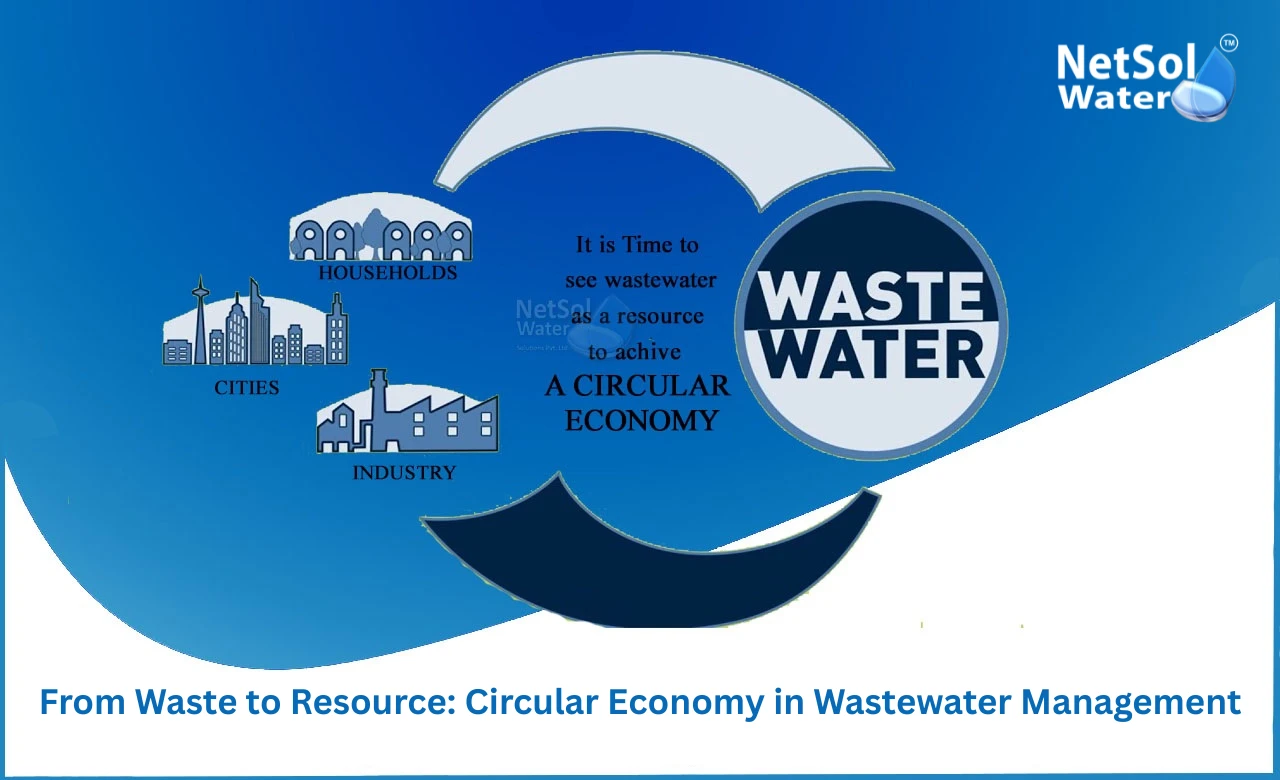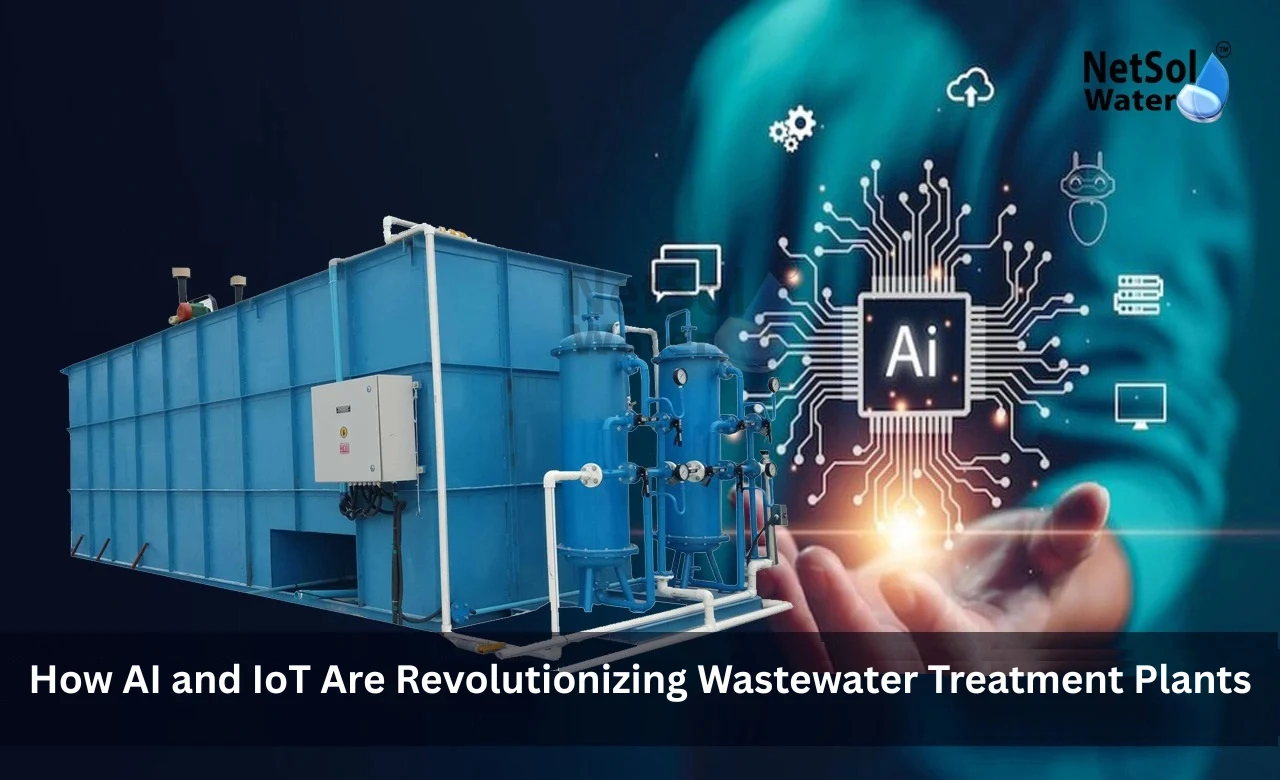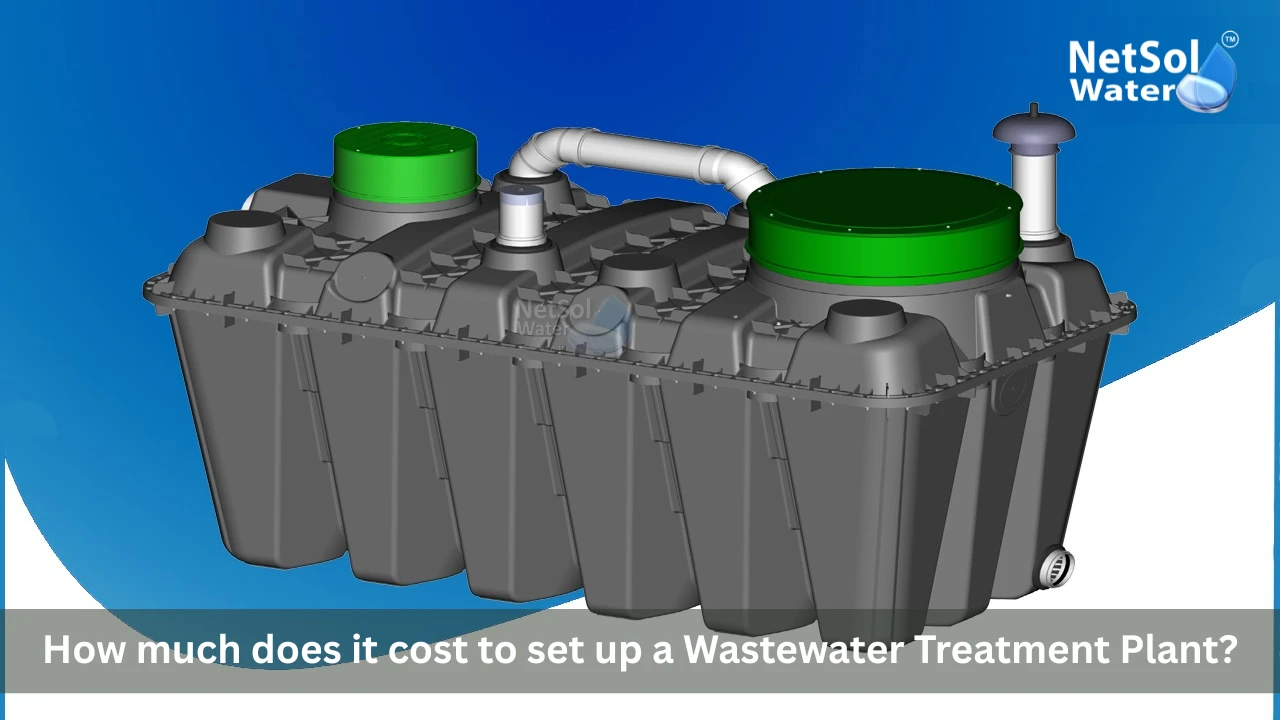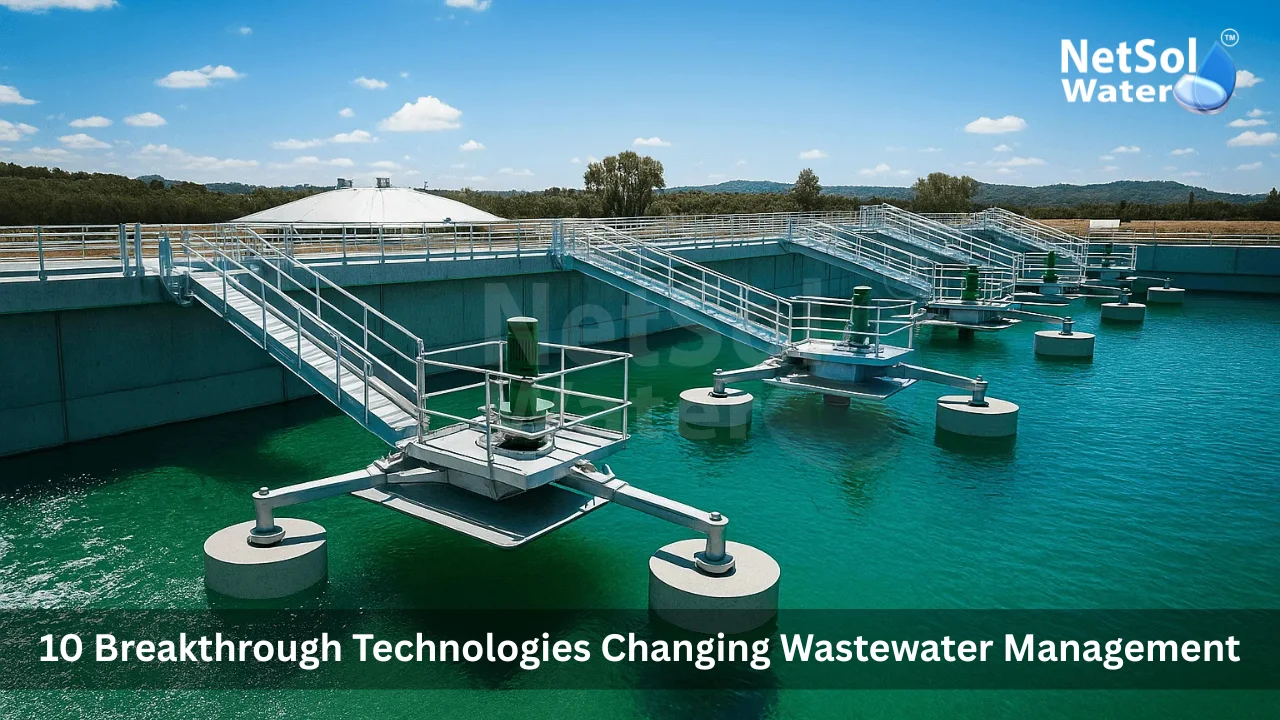How Membrane Technologies Are Advancing Wastewater Treatment Solutions
Membrane filters have changed the approach engineers remove solids and unwanted molecules from used water. These methods help meet strict standards while saving space and energy. Netsol Water is the leading Wastewater Treatment Plant Manufacturer and it offers plants that use membrane methods. We will explain how these membranes work and why they matter for modern Wastewater Treatment Plant projects.
Membrane Types and Their Role
Membrane choice defines what a system can remove and how it performs over time. Designers pick membranes to meet target water quality and to match the feed water and the space available. Let us have a look on some common membrane types and how they fit in Wastewater Treatment Plant design.
Microfiltration and Ultrafiltration
Microfiltration and ultrafiltration act as the first line of membrane defense in many plants. These membranes remove suspended solids bacteria and some larger organic molecules. Plants use them to protect finer membranes that follow. Microfiltration uses larger pores and it traps coarse particles and most suspended matter. Ultrafiltration works with smaller pores and it blocks bacteria and many colloids. Both systems run at low pressure which saves energy and reduces operating cost. Operators often place these membranes after a primary clarifier or after a physical prefilter. This arrangement reduces fouling on the finer membranes that come later. Maintenance focuses on periodic backwash and chemical cleaning when flux drops. Proper cleaning extends membrane life and keeps performance steady. Systems with good monitoring will detect fouling early and then adjust the cleaning schedule. Many modern modules now use hollow fiber elements. These elements allow compact layouts and simplified piping. Designers can place them in tight sites that older systems could not use. The net result is better treated water from a smaller footprint and fewer chemical needs. Membrane housings and connections have improved so field service becomes faster. These changes cut downtime and increase plant availability.
Nanofiltration and RO
Nanofiltration and RO remove dissolved salts and small organic molecules that coarser membranes cannot catch. These membranes work at higher pressure and they give higher quality permeate. Let us have a look on how designers use these two methods inside a Wastewater Treatment Plant. Nanofiltration fits where partial softening or selective removal is needed. It passes monovalent ions and blocks multivalent ions and many organics. This makes it useful for industrial reuse where total desalting is not required. RO gives near complete desalting and it suits reuse cases that need low conductivity or low total dissolved solids. Plants use RO to produce water for boilers cooling towers or for direct reuse in processes. Engineers combine RO with energy recovery devices when feed salinity rises. This lowers net power use and cuts operating cost. Pretreatment is critical before NF or RO. Without good pretreatment the membranes foul quickly and need more cleaning. Operators use ultrafiltration or media filters ahead of RO plants to protect the thin RO layers. Proper staging and pressure control also protect the membranes and extend service intervals. Newer RO membranes resist scaling and they allow longer runs between chemical cleaning. These gains reduce life cycle cost and make reuse more economical for many plants.
Operational Benefits and Applications
Membrane systems change how plants operate and how owners see reuse options. These methods shrink plant footprint improve water quality and support strict discharge or reuse rules. Let us have a look on some common benefits and how sectors apply membranes in real work.
Industrial and Municipal Use Cases
Industrial sites use membranes to recover valuable water and to meet strict discharge rules. Many factories now close water loops so they use less fresh water and cut their waste load. Membrane systems let factories treat process waste and then feed the cleaned water back to cooling or to washing lines. Municipal plants use membranes to meet higher reuse goals and to free up fresh water for drinking. Where land is tight municipal managers choose membrane plants because they take less area than conventional biological plants with large clarifiers. Hospitals and labs use membrane units to handle specific streams that contain both biological and chemical loads. Small towns and housing complexes use packaged membrane systems to deliver high quality effluent that can irrigate green areas or supply toilet flushing systems. Each use case calls for a personalized design that matches load variability and seasonal changes. Engineers size membranes and choose recovery targets based on those needs. The result is flexible systems that support circular water use and that reduce discharge volumes.
Energy and Maintenance Advances
New pump designs and better modules reduce power per cubic meter of water treated. Let us have a look on the advances that matter for plant owners. Variable speed drives match pump speed to demand and drop energy use during low flow periods. Energy recovery devices reclaim pressure in systems that handle saline streams. These devices cut net power and they make high recovery designs viable. On the maintenance side new cleaning chemistries and faster module swaps reduce downtime. Operators now get better software to track membrane life and to schedule cleaning events before performance falls. These tools cut surprise repairs and they smooth out operating budgets. Together these advances make membrane systems more predictable and more cost effective for long running Wastewater Treatment Plant projects.
Read some interesting information for Industrial RO Plant Manufacturer
Conclusion
Membrane technologies make modern Wastewater Treatment Plant projects compact, efficient and flexible. They help industries and cities meet stricter rules while they open new reuse paths. Netsol Water leads in designing and supplying membrane based systems that fit industrial and municipal needs. If you want to learn more or to request a consultation contact Netsol Water for advice on how membrane methods can fit your project and your goals.
Contact Netsol Water at:
Phone: +91-9650608473
Email: enquiry@netsolwater.com










